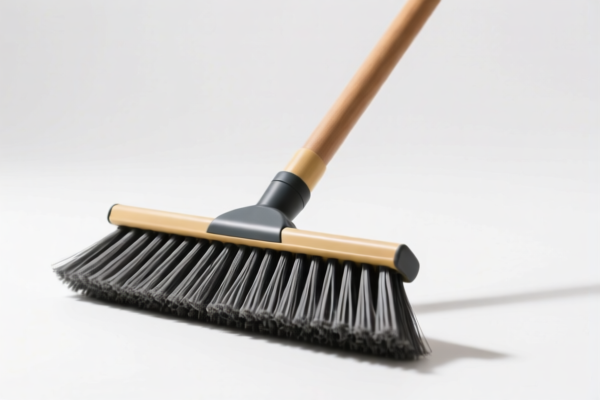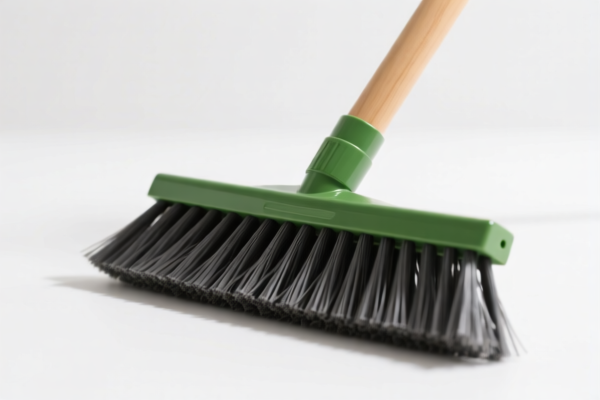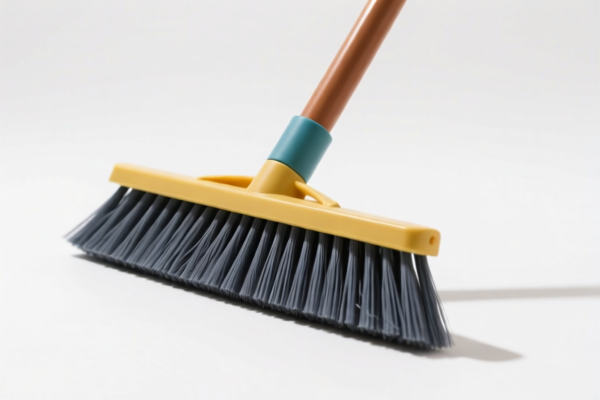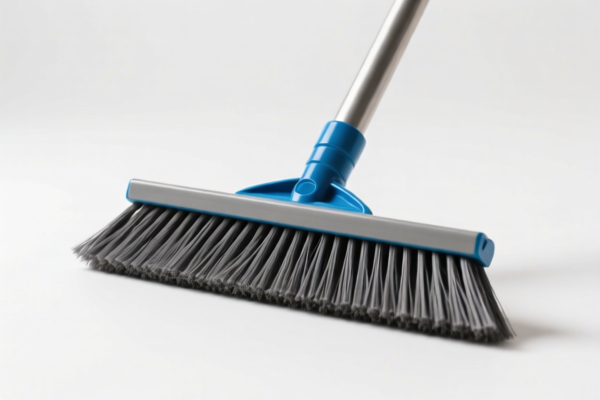| HS Code | Official Doc | Tariff Rate | Origin | Destination | Effective Date |
|---|---|---|---|---|---|
| 9603908050 | Doc | 65.3% | CN | US | 2025-05-12 |
| 9620003090 | Doc | The rate applicable to the article of which it is an accessory+30.0% | CN | US | 2025-05-12 |
| 8201906000 | Doc | 55.0% | CN | US | 2025-05-12 |
| 8206000000 | Doc | The rate of duty applicable to that article in the set subject t+30.0% | CN | US | 2025-05-12 |
| 9506910030 | Doc | 42.1% | CN | US | 2025-05-12 |
| 9506996080 | Doc | 41.5% | CN | US | 2025-05-12 |
| 9503000071 | Doc | 30.0% | CN | US | 2025-05-12 |
| 9503000090 | Doc | 30.0% | CN | US | 2025-05-12 |
| 6305900000 | Doc | 43.7% | CN | US | 2025-05-12 |
| 6305390000 | Doc | 45.9% | CN | US | 2025-05-12 |
| 6307908500 | Doc | 35.8% | CN | US | 2025-05-12 |
| 6307909885 | Doc | 37.0% | CN | US | 2025-05-12 |




Ball Sweeper
A ball sweeper is a cleaning device designed to collect balls – typically golf balls, but also other types, such as tennis balls or wiffle balls – from surfaces like golf courses, driving ranges, tennis courts, and sports fields.
Material:
- Frame: Commonly constructed from lightweight metals like aluminum or steel for durability and ease of maneuverability. Plastic frames are also used, particularly in lighter-duty models.
- Collection Basket/Bag: Typically made from durable nylon mesh or woven plastic. Some models feature solid plastic or metal baskets.
- Wheels: Often rubber or plastic, designed for rolling on various terrains. Some specialized models have pneumatic tires for uneven surfaces.
- Handle: Usually metal or plastic, with ergonomic grips for user comfort.
Purpose:
The primary purpose of a ball sweeper is to efficiently gather scattered balls, reducing the time and effort required for manual collection. This is particularly important for large areas or frequent collection needs.
Function:
Ball sweepers operate using a rotating brush or a series of bristles that sweep balls into a collection basket or bag. The mechanism is typically powered manually (push-style) or by a small engine (gas or electric). The collected balls are then easily emptied into a container for reuse or storage.
Usage Scenarios:
- Golf Courses/Driving Ranges: The most common application, used to collect golf balls after practice or rounds of golf.
- Tennis Courts: Used to collect tennis balls after practice sessions or matches.
- Sports Fields: Can be used to collect practice balls for sports like baseball, softball, or soccer.
- Training Facilities: Used in sports training facilities to maintain clean and safe practice areas.
- Dog Parks: Some are adapted to collect dog toys.
Common Types:
- Push Ball Sweepers (Manual): These are human-powered and require the user to push the sweeper across the surface. They are generally less expensive and suitable for smaller areas or infrequent use.
- Gas-Powered Ball Sweepers: These use a gasoline engine to power the rotating brush, offering greater power and efficiency for larger areas. They are often self-propelled.
- Electric Ball Sweepers: Powered by an electric motor (battery or corded), these offer a quieter and more environmentally friendly option compared to gas-powered models. They are suitable for both indoor and outdoor use.
- Tow-Behind Ball Sweepers: Designed to be pulled behind a golf cart or other vehicle, these are ideal for very large areas like entire golf courses.
- Specialty Sweepers: Some models are designed for specific ball types or terrains, such as those with pneumatic tires for uneven surfaces or those with wider collection widths.
Based on the provided information, “ball sweeper” can be classified under the following HS codes:
-
9603908050: This HS code covers Brooms, brushes (including brushes constituting parts of machines, appliances or vehicles), hand-operated mechanical floor sweepers, not motorized, mops and feather dusters; prepared knots and tufts for broom or brush making; paint pads and rollers; squeegees (other than roller squeegees): Other.
- 96: Chapter 96 covers miscellaneous manufactured articles.
- 03: Heading 9603 specifically covers brooms, brushes, and similar cleaning tools.
- 908050: This subheading further specifies "Other" within the category of brooms and brushes. This suggests the ball sweeper is not specifically listed elsewhere within this heading and is considered a general type of brush or sweeping tool. The total tax rate is 65.3%.
-
9603908050: This HS code covers Brooms, brushes (including brushes constituting parts of machines, appliances or vehicles), hand-operated mechanical floor sweepers, not motorized, mops and feather dusters; prepared knots and tufts for broom or brush making; paint pads and rollers; squeegees (other than roller squeegees): Other.
- 96: Chapter 96 covers miscellaneous manufactured articles.
- 03: Heading 9603 specifically covers brooms, brushes, and similar cleaning tools.
- 908050: This subheading further specifies "Other" within the category of brooms and brushes. This suggests the ball sweeper is not specifically listed elsewhere within this heading and is considered a general type of brush or sweeping tool. The total tax rate is 65.3%.
Regarding HS code 9603908050, please note that it includes brushes constituting parts of machines or appliances. If the ball sweeper is part of a larger machine, this should be considered when determining the correct classification. Also, the tax rate includes a base tariff of 2.8%, an additional tariff of 7.5%, and a tariff of 30.0% after April 2, 2025. Steel or aluminum products have an additional tariff of 25%.
Customer Reviews
No reviews yet.